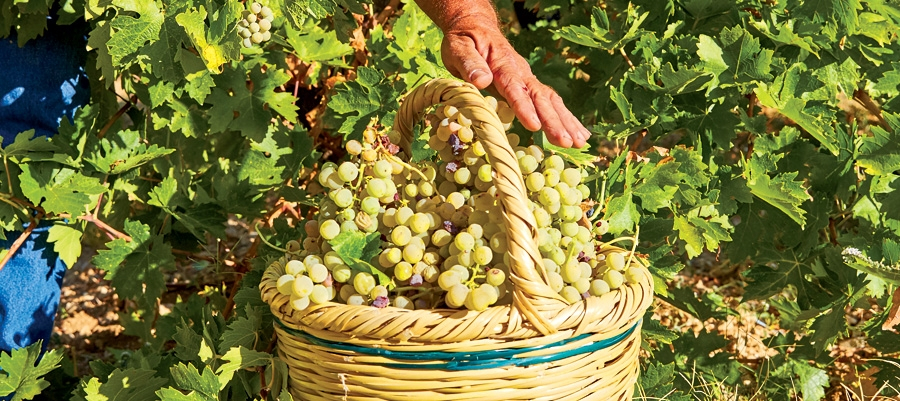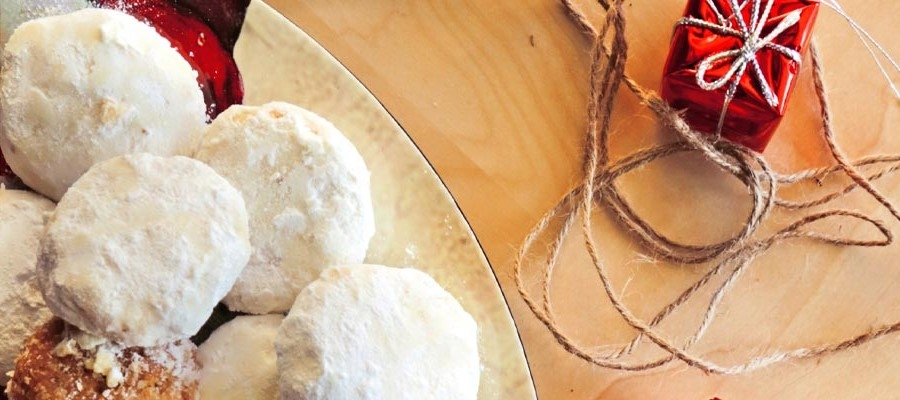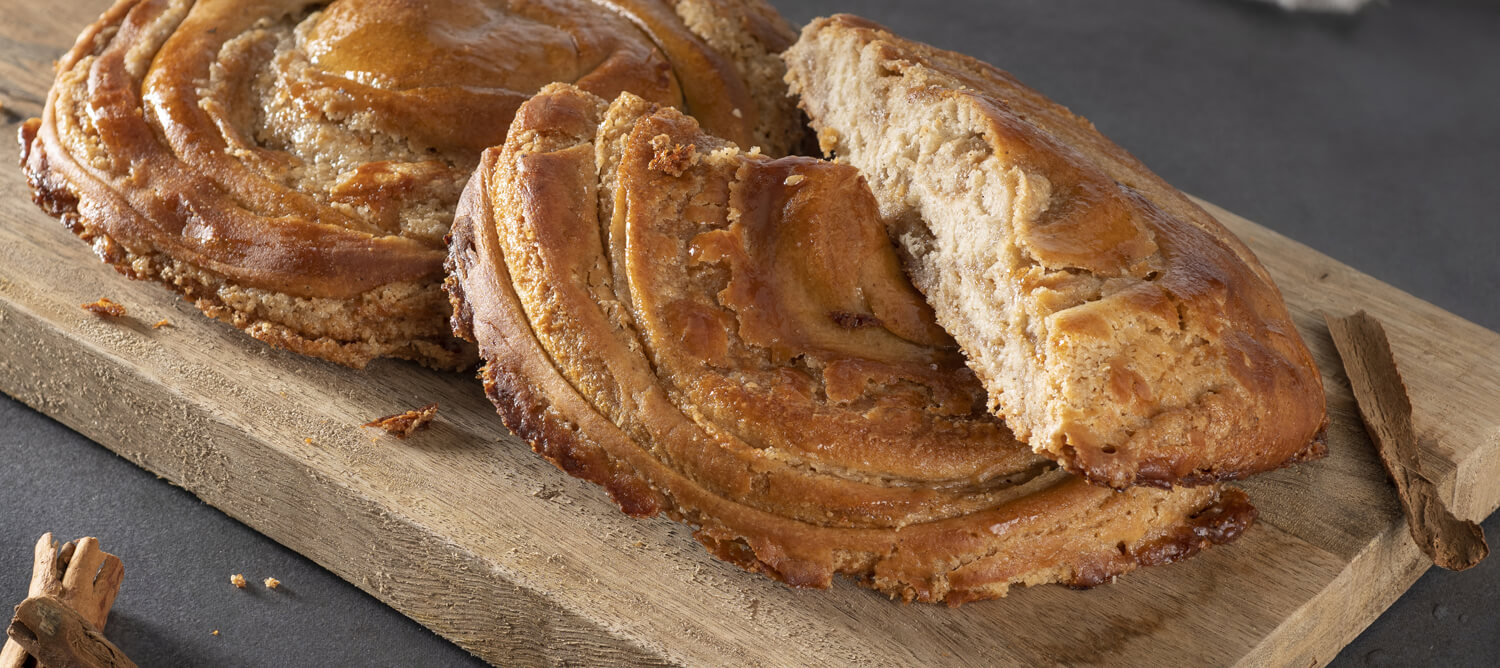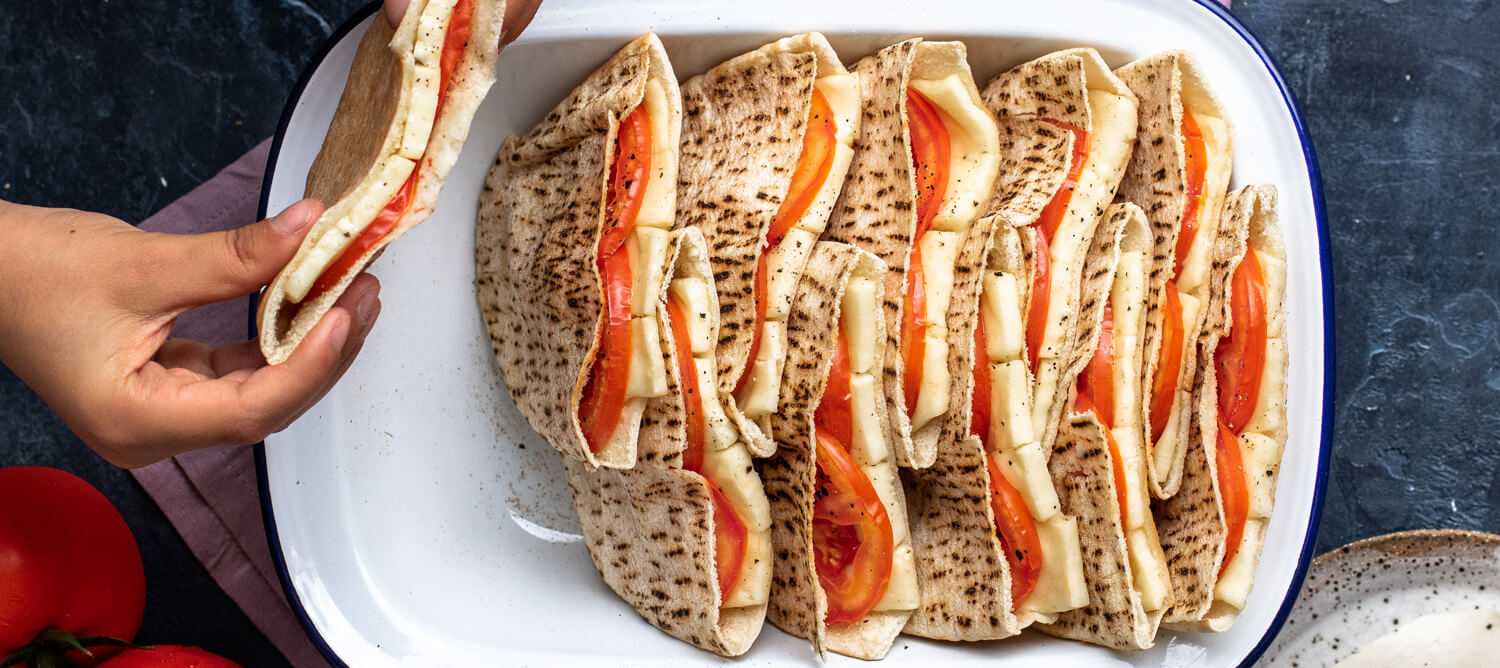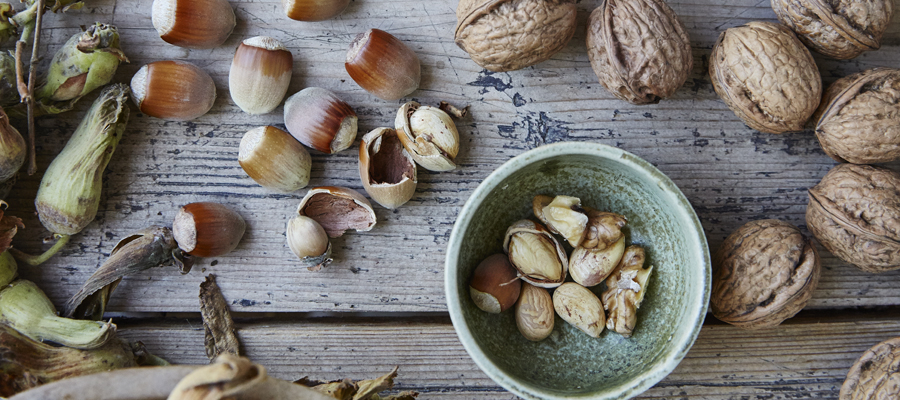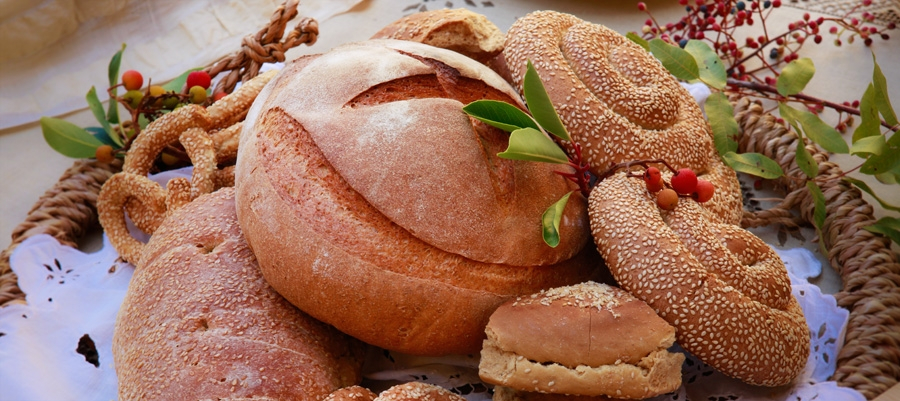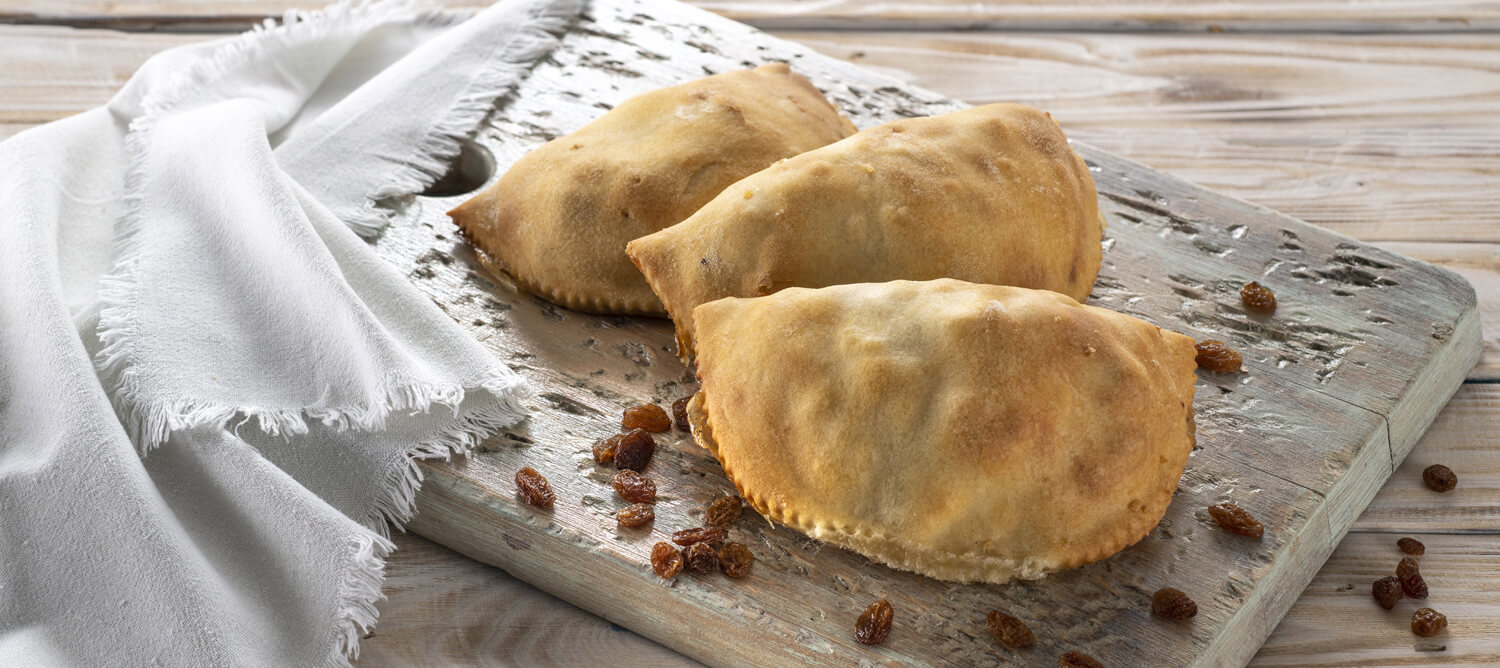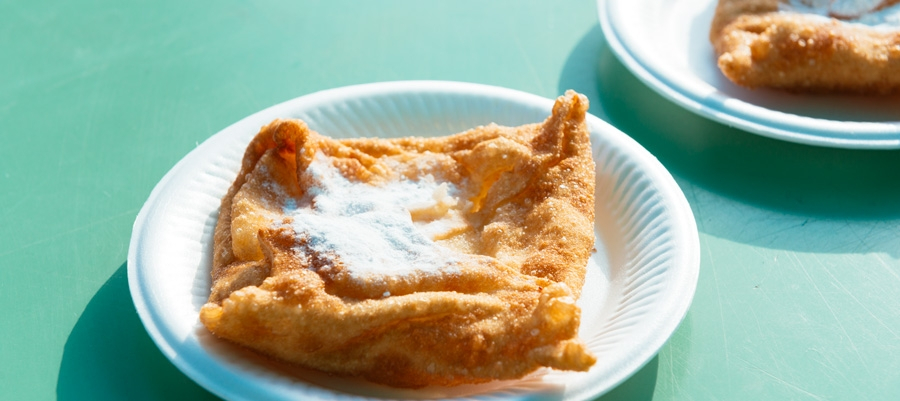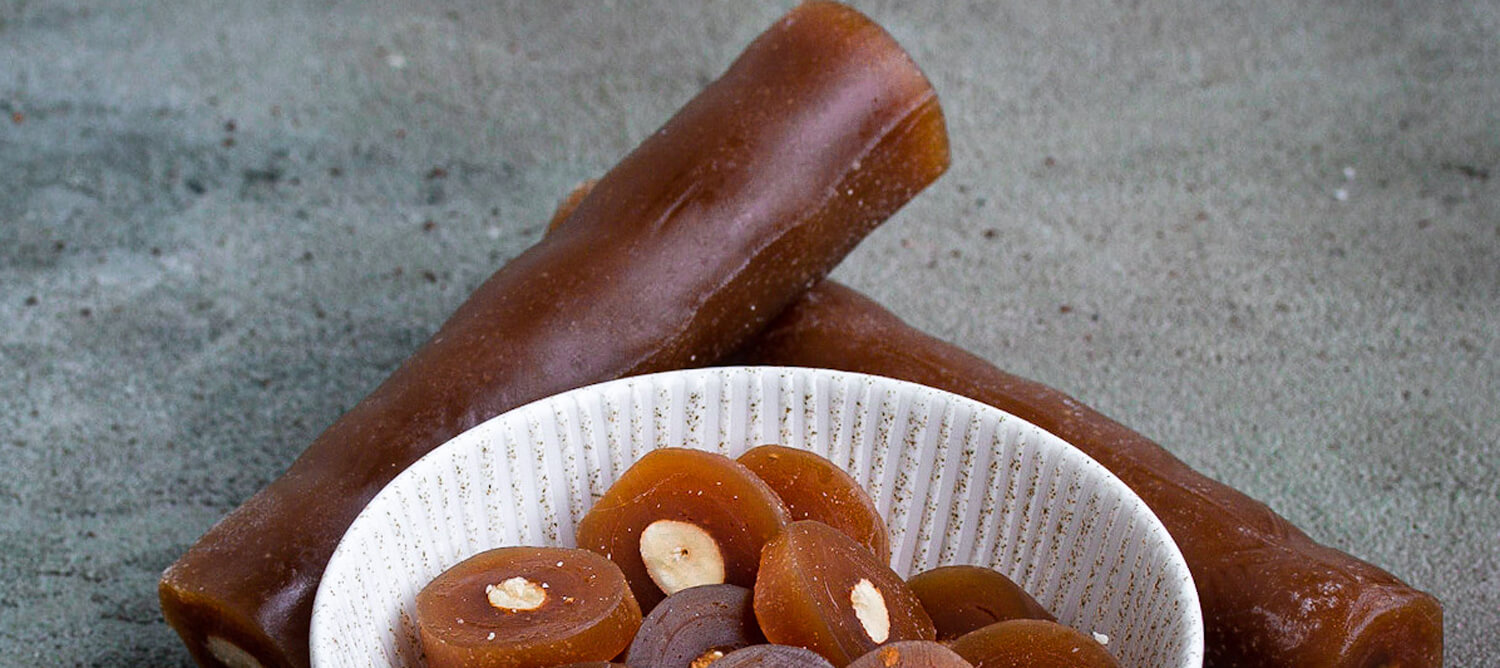Grapes have been cultivated without interruption in Cyprus for centuries, as the island was the only place not to succumb to the dreaded Phylloxera beetle disease that was killing vines throughout Europe in the 1800s.
The two most common indigenous varieties grown are Mavro (red) and Xynisteri (white), whilst the ancient variety of Maratheftiko (red) is also grown to a lesser extent. In recent years many new varieties of grapes have been introduced, which have greatly enhanced the island’s wines.
Along with wine, grapes are used to make a variety of desserts and sweets such as Palouze (a grape pudding), and Soutzoukos (almonds dipped in sweet grape jelly).

